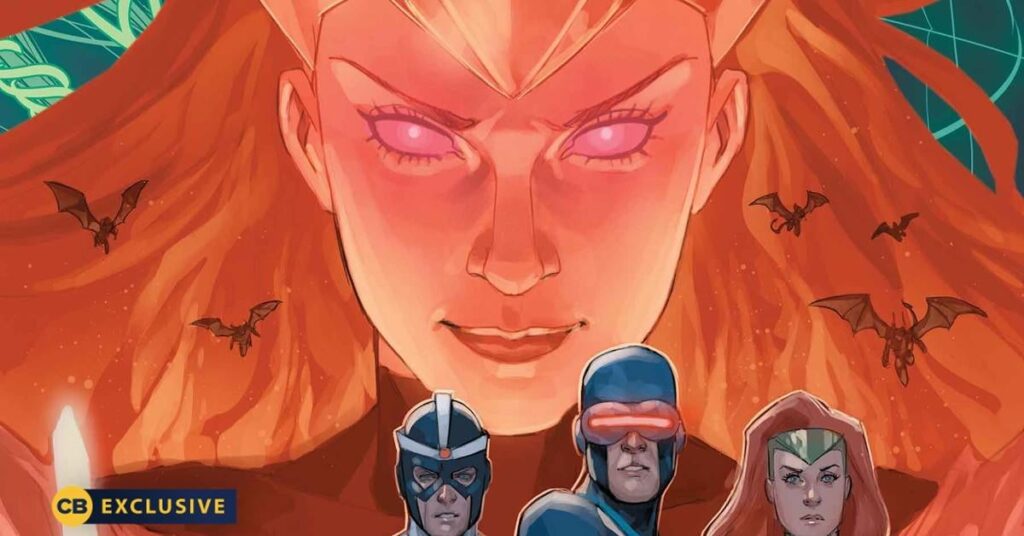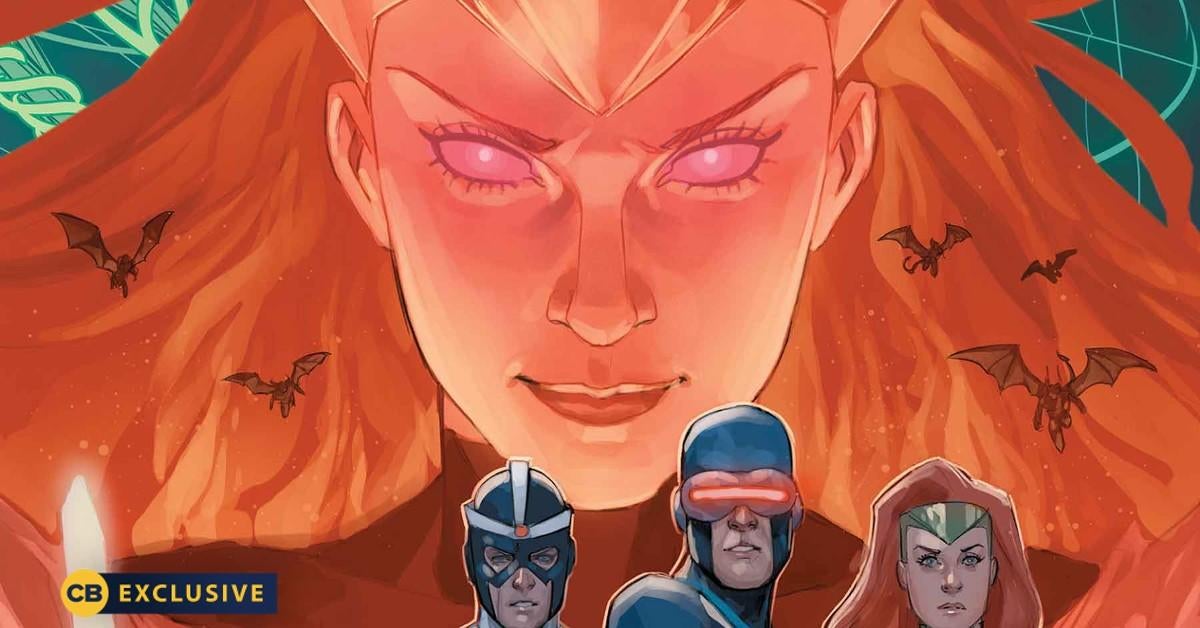
Goblin Queen: Unmasking the Chaos of Marvel Comics’ Madelyne Pryor
The Goblin Queen, a figure of immense power and tragic origins, remains one of the most compelling and complex characters in Marvel Comics history. Madelyne Pryor, initially introduced as a love interest for Cyclops, evolved into a formidable villain, leaving an indelible mark on the X-Men universe. This article delves into the multifaceted character of the Goblin Queen, exploring her creation, her descent into darkness, her impact on major storylines, and her lasting legacy within the Marvel mythos.
The Genesis of Madelyne Pryor
Madelyne Pryor’s story began innocently enough. Created by Chris Claremont and Paul Smith, she was introduced shortly after Jean Grey’s apparent death during the Dark Phoenix Saga. Her uncanny resemblance to Jean was immediately noted, raising questions and suspicions from both the readers and the X-Men themselves. Initially, she was presented as a skilled pilot and a strong, independent woman who captured the heart of Cyclops, leading to their marriage and the birth of their son, Nathan Christopher Summers (later known as Cable).
However, the seeds of her tragic transformation were sown early on. Unbeknownst to Madelyne, she was a clone of Jean Grey, created by Mister Sinister for his own nefarious purposes. Sinister sought to breed mutants with powerful genetic potential, and Jean Grey’s DNA was crucial to his plans. This revelation would later fuel Madelyne’s rage and resentment, setting her on a path to becoming the Goblin Queen.
The Inferno Crossover and the Rise of the Goblin Queen
The pivotal moment in Madelyne Pryor’s transformation came during the Inferno crossover event. After the X-Men seemingly abandoned her following Jean Grey’s resurrection, Madelyne was manipulated by demons from Limbo. These demonic forces exploited her feelings of abandonment and betrayal, offering her power in exchange for her soul. This Faustian bargain transformed her into the Goblin Queen, a powerful sorceress with a burning desire for revenge.
As the Goblin Queen, Madelyne unleashed chaos upon New York City, twisting reality and summoning demonic hordes. Her powers included telekinesis, telepathy, and the ability to warp reality itself. She became a formidable opponent for the X-Men, particularly Cyclops, whom she blamed for her suffering. The Inferno storyline explored themes of betrayal, identity, and the corrupting influence of power, with Madelyne Pryor serving as a tragic embodiment of these themes. She used her powers to turn New York City into a literal hellscape, complete with demonic transformations and twisted versions of familiar landmarks.
The X-Men had to confront not only the demonic invasion but also the emotional turmoil of facing a corrupted version of someone they once cared for. The battle against the Goblin Queen was a deeply personal one, forcing them to confront their own past actions and the consequences of their choices.
Powers and Abilities of the Goblin Queen
The Goblin Queen possessed a formidable array of powers, making her one of the most powerful adversaries the X-Men have ever faced. Her abilities stemmed from her genetic connection to Jean Grey and the demonic energies she harnessed during her transformation. These powers included:
- Telekinesis: The ability to move objects with her mind, often with incredible force and precision.
- Telepathy: The ability to read and manipulate the thoughts of others. She could project her own thoughts, create illusions, and even control minds.
- Reality Warping: Perhaps her most dangerous ability, allowing her to alter the fabric of reality itself. She could twist landscapes, transform people, and summon demonic entities.
- Magic: The Goblin Queen possessed a significant understanding of magic, allowing her to cast spells and perform rituals.
- Demonic Empowerment: Her connection to the demonic forces of Limbo amplified her powers and granted her additional abilities, such as enhanced strength and durability.
Major Storylines and Appearances
Besides the Inferno crossover, Madelyne Pryor, both before and after her transformation into the Goblin Queen, has played a significant role in several other key X-Men storylines. Her initial appearances focused on her relationship with Cyclops and the birth of Nathan Christopher. After Inferno, her presence continued to haunt the X-Men, even after her apparent death. Here are some notable appearances:
- Inferno: The defining storyline of her character, showcasing her descent into madness and her unleashing of demonic chaos upon New York City.
- X-Tinction Agenda: Although not directly involved, the events of Inferno had lasting consequences for the X-Men and their relationship with the mutant nation of Genosha.
- Inferno (2021): A recent reimagining of the Inferno storyline, exploring different aspects of Madelyne Pryor’s character and her motivations.
- Hellions: Madelyne Pryor leads a team of misfit mutants on Krakoa, seeking redemption and a new purpose.
The Impact and Legacy of the Goblin Queen
The Goblin Queen‘s impact on the X-Men universe is undeniable. Her story serves as a cautionary tale about the dangers of manipulation, the importance of identity, and the corrupting influence of power. Her tragic transformation resonated with readers, making her a complex and sympathetic villain, despite her destructive actions. Madelyne Pryor’s legacy continues to be felt in the X-Men comics, with her character often resurfacing in various forms and storylines. Her actions had lasting consequences for Cyclops, Jean Grey, and the entire mutant community. [See also: Jean Grey’s Resurrection: A Timeline of Returns]
The character of the Goblin Queen also raises important questions about free will and determinism. Was Madelyne Pryor destined to become a villain due to her origins as a clone and the manipulations of Mister Sinister and the demons of Limbo? Or did she have the agency to choose a different path? These questions continue to fuel debate among fans and scholars of the X-Men comics.
The Goblin Queen in Other Media
While the Goblin Queen has primarily been a comic book character, her influence has extended to other media as well. She has appeared in animated series, video games, and even inspired elements in the X-Men films. [See also: X-Men Animated Series: A Retrospective] Her appearances in these adaptations often highlight her powers, her connection to the Inferno storyline, and her complex relationship with the X-Men. Though not always a direct adaptation, the essence of her character – a powerful and tragic figure driven to madness by betrayal – often remains intact.
The Future of the Goblin Queen
The Goblin Queen‘s story is far from over. With the ever-evolving nature of comic book storytelling, it is likely that Madelyne Pryor will continue to reappear in future X-Men storylines. Her recent role in the Hellions series suggests a potential path towards redemption, but whether she can truly overcome her past remains to be seen. The character’s enduring popularity and her complex motivations ensure that she will remain a compelling and relevant figure in the Marvel universe for years to come. The possibilities for her future are vast, ranging from further explorations of her magical abilities to deeper dives into her psychological trauma. Ultimately, the Goblin Queen represents a character with immense potential for continued growth and development.
In conclusion, the Goblin Queen, Madelyne Pryor, is more than just a villain; she is a complex and tragic figure whose story explores themes of identity, betrayal, and the corrupting influence of power. Her impact on the X-Men universe is undeniable, and her legacy continues to resonate with readers and creators alike. As long as there are stories to be told about mutants and their struggles, the Goblin Queen will likely remain a significant and compelling character in the Marvel Comics pantheon. The Goblin Queen is a testament to the power of comic book storytelling to create characters that are both larger-than-life and deeply human.

